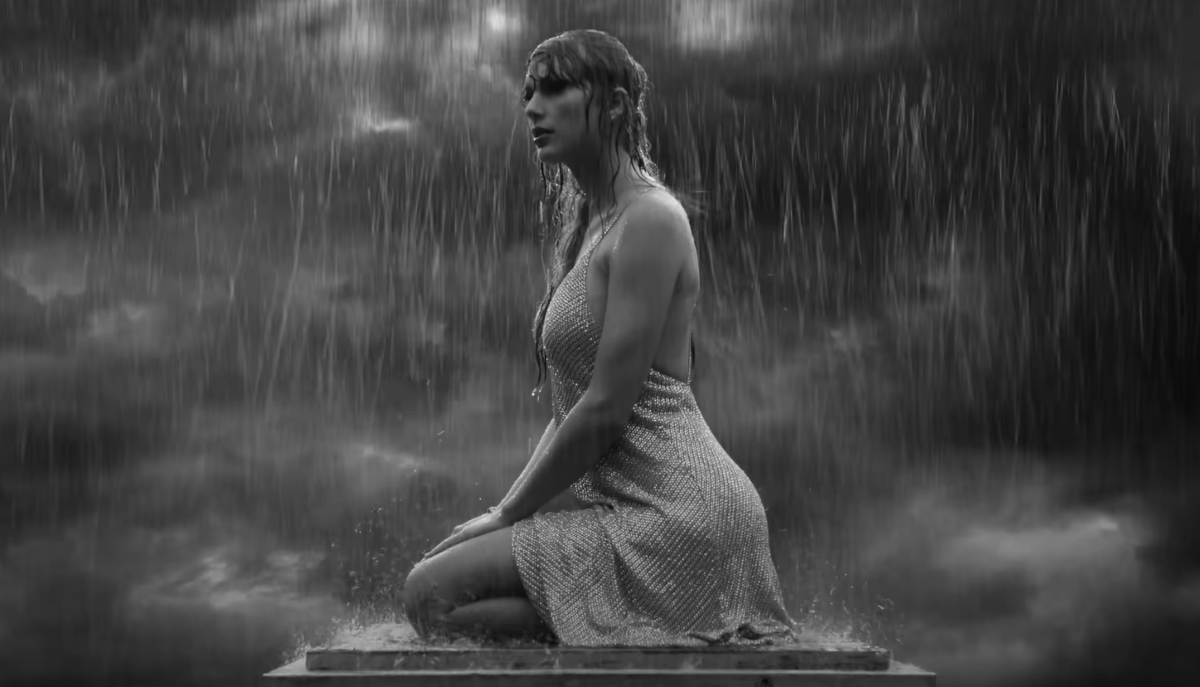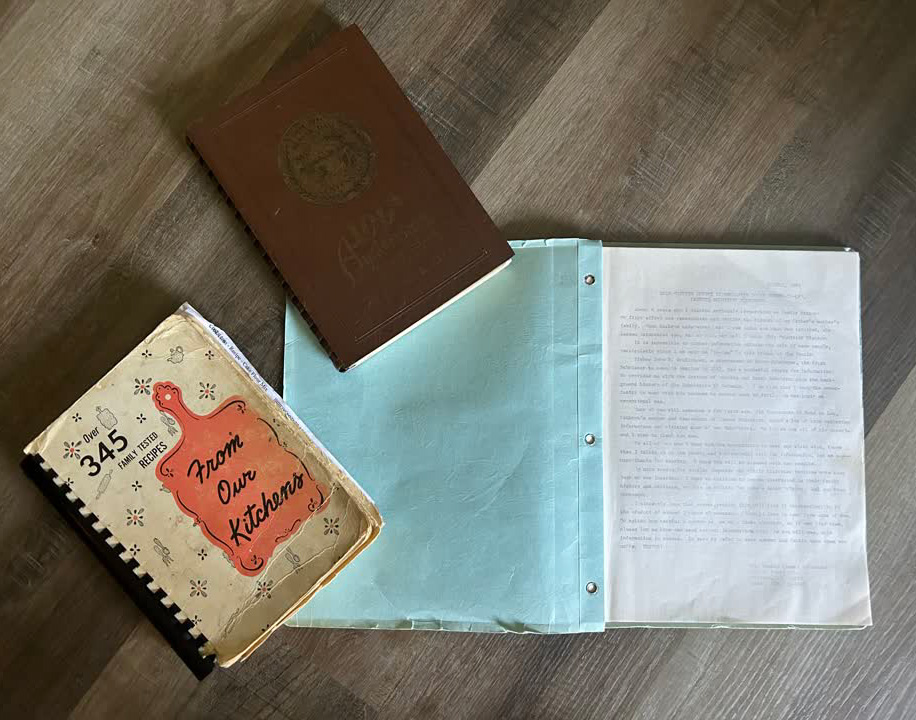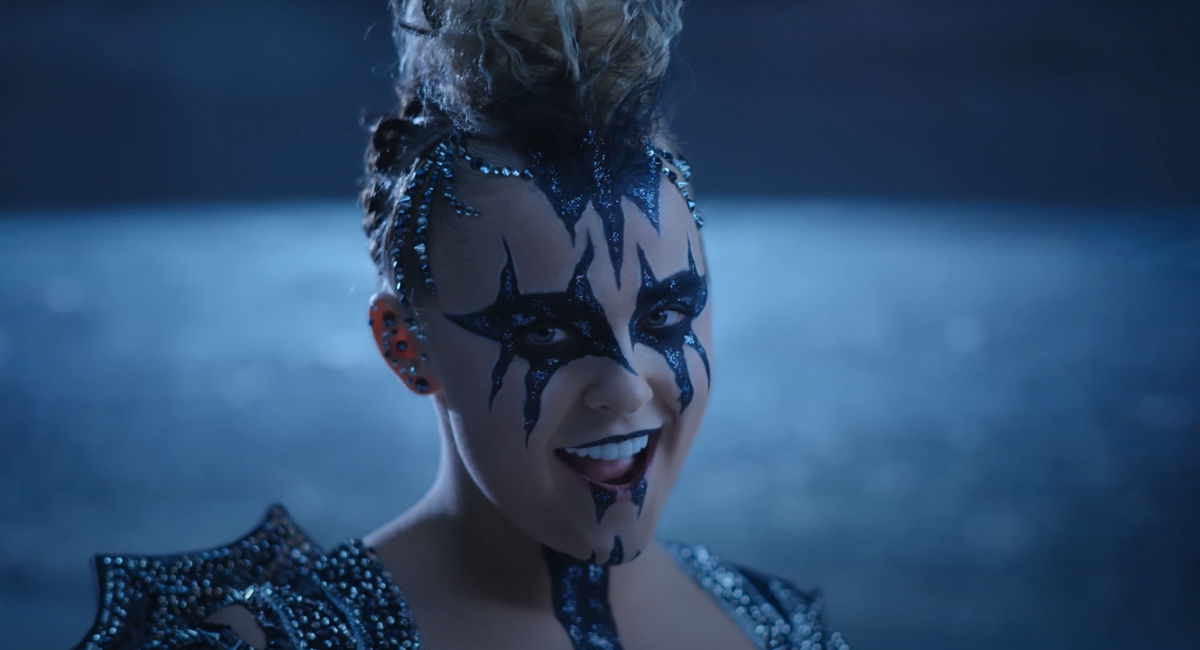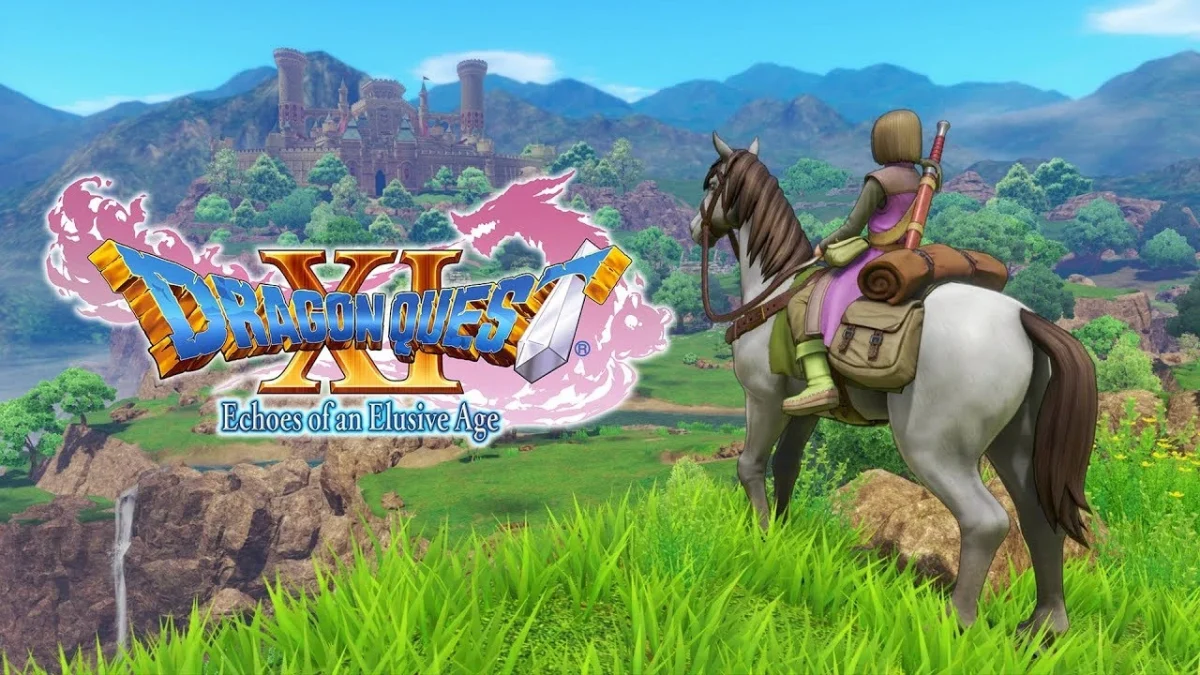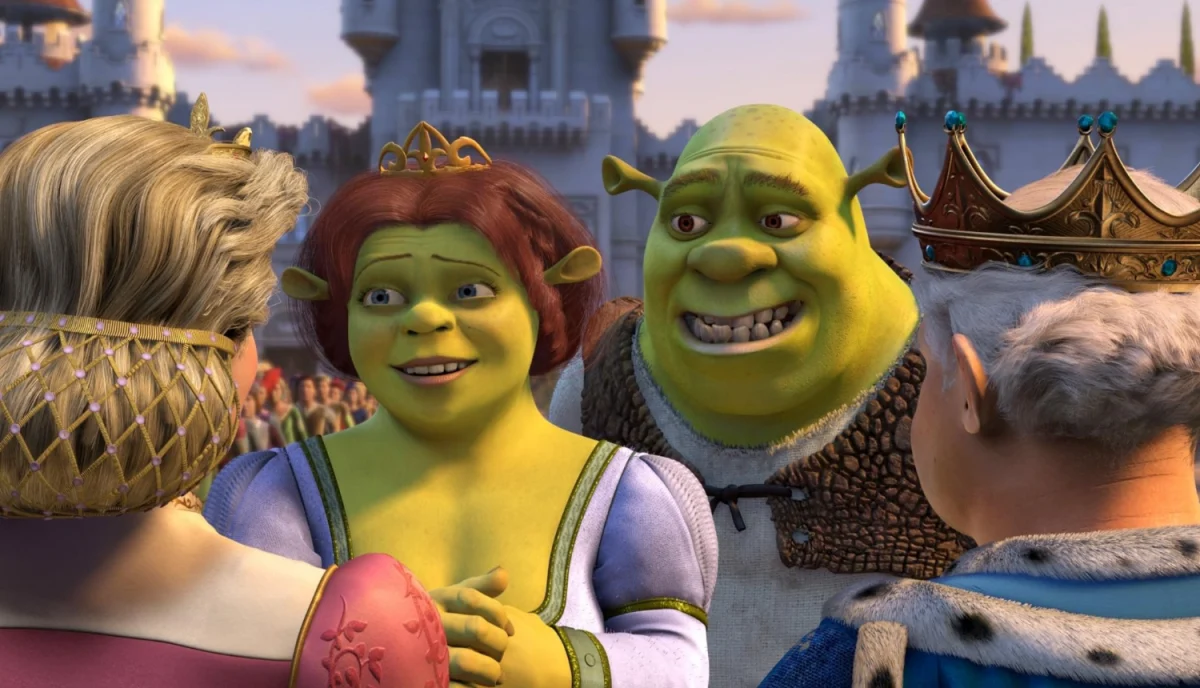 Chris Kemp
Chris KempLast week, I had the opportunity to visit a part of the country I would’ve otherwise probably not stepped foot on. The UW-Eau Claire Communication and Journalism Department received a grant to allow a handful of students to visit South Dakota and, more specifically, learn about the Pine Ridge Indian Reservation.
For those who don’t know, Pine Ridge has a turbulent history. In the winter of 1890, 300 unarmed Lakota women, children and elders were massacred by U.S. cavalry and dumped in a mass grave at Wounded Knee. In the 1970s, the American Indian Movement, founded in Minneapolis in 1968, occupied Wounded Knee as a symbolic gesture. During the decade, political instability on the reservation resulted in more than 60 people being killed, including two FBI agents.
While at Pine Ridge, our goal as journalists was to learn how to more accurately cover Indian Country, the term used to describe Native American people and land. While what I learned on the trip had little to do with how to write about Indian people and issues, the experience did give me a new perspective on a national tragedy that has, unjustly, now all but been swept under the rug.
The terrible events that occurred March 21 at the high school in Red Lake, Minn., should serve not only as a wake-up call to the nation, the tragedy should also be remebered for one of the most inadequate and ingenuine responses a president has ever given following an incident of this kind.
The president’s reply to the tragedy in which 16-year-old Jeff Weise marched through his high school and killed nine members of his Red Lake tribe before killing himself took not hours, but days. According to a Washington Post article, the White House’s earliest recognition of the incident occurred when, in passing, spokesman Scott McClellan told reporters March 22, “Our thoughts and prayers are with the families of those who were killed.”
How long did it take President Bush to speak publicly about the second-deadliest school shooting in U.S. history? He belatedly gave condolences four days later, after American Indians across the country voiced anger and frustration over his MIA status, during which time he held a highly publicized press-conference to urge the reinsertion of Terry Schiavo’s feeding tube.
In comparison, in the hours following the first-deadliest school shooting, the 1999 tragedy in Columbine, Colo., President Bill Clinton publicly offered his sympathies and followed up days later with a radio address in which he introduced new gun control measures, according to the Washington Post article.
As a reporter, it is very difficult to argue for access in Indian Country (the lack thereof is a common complaint within the journalism community) when our commander-in-chief has turned his back to such a deep loss. Reservations are recognized as sovereign nations, as the federal goverment has negotiated treaties with them as it would other sovereign entities. And, while trusts have been developed by the federal government to provide services, reporters need permission from tribal officials to cover incidents on reservations such as Red Lake.
In addition to his delayed response, Bush is also being criticized by many Indian activists for his proposal to cut $100 million from several Indian programs, according to an Associated Press article. It seems that without a strong Republican voter-base on reservations, Indian issues will continue to fall by the wayside despite disturbing trends regarding the safety of some Indian youth.
For example, a Minnesota state survey conducted last year found that 81 percent of ninth-grade girls on the Red Lake Reservation and 43 percent of boys had considered suicide, according to an Associated Press article.
Additionally, nearly half the girls and 20 percent of boys said they had attempted suicide. While one may argue all young teenagers face problems, these numbers are nearly triple the national average, a fact that needs to be addressed by someone.
While it is not my place to speculate causes of the alarming suicide rates at Red Lake, Sister Patricia Wallis, a 60-year resident of the reservation, said problems are caused by relentless poverty. In 1999, Red Lake had a 40.4 percent poverty rate, ranking it the 16th-highest among American Indian reservations.
Although many at Red Lake have been diligently pointing out this tragedy was not reflective of an Indian problem but rather an individual one, if nothing is done there is too great a chance it could happen again.
Furthermore, if we can’t even have the president admit this event happened without pressure to do so, what faith can we have that Indian youth will work to improve life in reservation schools in the future?

